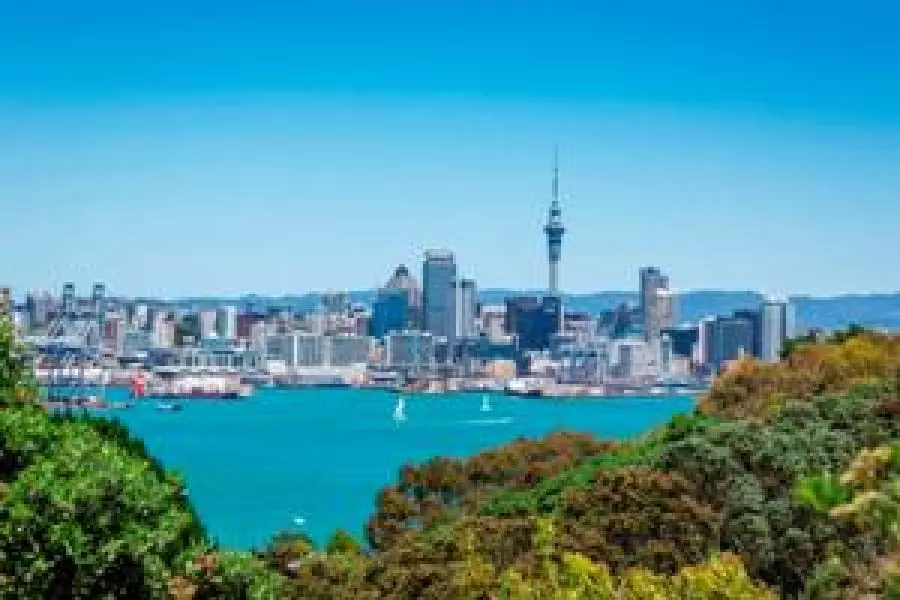News
Is Auckland’s supply problem being addressed?

Thursday 9th of July 2015
New Zealand Mortgages & Securities director James Kellow said Special Housing Areas (SHAs) were making a major difference to Auckland’s supply issues.
A “staggering” 86 SHAs have now been approved in Auckland and more were on the way as the council and developers continue to consider more locations which could be suitable for SHAs, he said.
Last week Buildi...
Want to read the full article?
Click the button below to subscribe and will have unlimited access to full article and all other articles on the site.






![[The Wrap] Bye Bye Bayly](https://goodreturns.publit.io/file/c_fill,w_900,h_600/39f23ac1-f7c7-4854-b700-a150004ebbac.webp)


